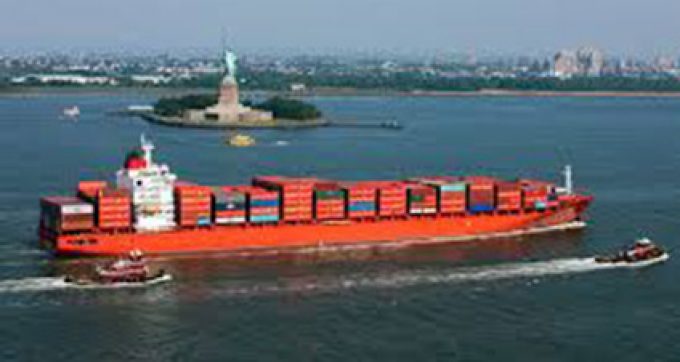
The triple challenge of soaring demand, port congestion and container
shortages have led to a sharp increase in container freight fates on
the transatlantic trade over the past few weeks.
The smallest of the main east-west shipping trades has traditionally
been home to stable volumes and flat freight rates – according to the
Freight Baltic Index, rates on the westbound headhaul North Europe-US
east coast have hovered at around $1,800 per 40ft.
But at the end of March, they began to seriously climb.
On 26 March, the FBX stood at $2,174 per 40ft, and by 7 May they had increased 65% to $3,596 per 40ft.
According to Container Trade Statistics, European exports to North
America grew 19.4% year on year in January, and a further 7.9% in
February, after dropping 2.3% for 2020 compared with 2019.
However, according to Alphaliner, there is little prospect of carriers injecting new capacity to cater for the growth in demand.
“Carriers have transferred as much tonnage as possible to the two
biggest east-west trades [transpacific and Asia-Europe], which means no
ships are left now to deal with a surge in European exports to North
America,” it said in an analysis today.
According to the eeSea liner
database, monthly capacity between Northern Europe and the east of coast
of North America is set to be 320,000 teu in May, the most since March
2020, when it was 326,000 teu.
Around 32% of westbound capacity is operated by independent carriers outside the three main alliances.
However, Alphaliner also noted that both THE Alliance and the 2M
partners were in the process of deploying larger vessels on the trade,
although these are only partly compensating for a reduced overall number
of vessels.
“The 2M’s North Europe-USEC TA4/NEUATL4 service remains suspended
since its withdrawal in April 2020. Maersk and MSC have partly
compensated for this by deploying larger ships of up to 8,000 teu in the
other North Europe-US loops of the joint offering,” the analyst said.
It also noted that, while THE Alliance was upgrading its AL3 service
by replacing 3,237 teu ships with 7,323 teu vessels, it was still
planning to close its AL1 loop, which deploys 3,860 teu vessels, at the
end of July.